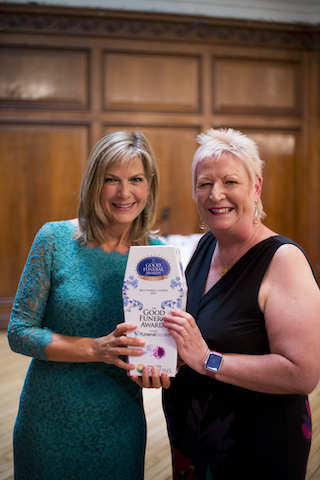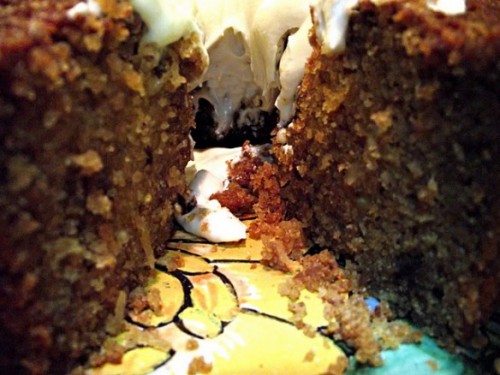Posted by Sweetpea
I love reading Nigella Lawson’s cookery books just as much as I love cooking and eating the food she understands and describes so well. There is a particularly wonderful section called ‘Funeral Feast’ in her 2004 book ‘Feast’, published by Chatto & Windus. Please find a copy and read it in full. Here is a little section to whet your appetite:
It may seem odd to talk about what you eat at a funeral as a way of celebrating life, but at every level, that is exactly what it is. Nor do I mean a celebration in that cheery, if faintly maudlin sense of giving someone a good send-off, though that is a part of it. Any food is a vital reminder that life goes on, that living is important. That isn’t brutal: it’s the greatest respect you can pay to the dead.
I am not someone who believes that life is sacred, but I know that it is very precious. To turn away from that, to act as if living is immaterial, that what you need to sustain life doesn’t count, is to repudiate and diminish the tragedy of the loss of a life…..
…. the abundance of the feast showed the value of the deceased; it was a mark of respect, a way of honouring the life of that person. Particular foods, too, can be a living testament to the person it was who died. Recipes live on, and to eat foods that person either used to prepare or liked to eat can feel monumentally significant. In Thailand, I read in an article by Bee Wilson in the Sunday Telegraph, “mourners are often presented with a little cookbook … compromising the favourite recipes of the dead person. In this way the whole gastronomic person of the deceased is remembered.” And I would say that the gastronomic personality is the persona. How you eat and what you eat it who you are.
It happens in England, too. I know of some sisters who put together a book of their father’s famous (and previously secret) preserving recipes, to be sold in aid of a local hospice, both to remember him but also to give back to an organisation which had cared for him and for them so tenderly.
Nigella lists recipes for ‘Nursery Fish Pie’, ‘Sweet Lamb Tagine’, ‘Lentil Soup’, ‘Meatloaf’, ‘Heavenly Potatoes’, ‘Marble Cake’ and ‘Fruit Tea Loaf’, each with its reasons for inclusion, but it is ‘Hamine Eggs’ which really catches my imagination:
Hamine Eggs (serves 6)
The traditional Jewish food of mourning is a hard-boiled egg, not as a symbol of regeneration, as the egg might suggest for Christians, but more as a symbol of perpetuation. Life ends, and life begins: life goes on, in fact. All foods that are round, too, have that significance – that the cycle of life and time continues – and as Martine Chiche-Yana explains in ‘La Table Juivre’, they are described as being “sans bouche”, without mouths to express sorrow and anguish. I find that appropriate: there is nothing to be said, or nothing that helps.
Hamine eggs are the Sephardic version, traditionally cooked in the dying embers of a fire. Here, they are cooked slowly on the hob, with onion skins to tint the shells a rich woody brown; and although coffee grounds are often added, I emptied out the leaves of a used teabag instead. After all, during World War II, women would use cold tea to dye their legs when stockings were not to be found.
Onion skins from about 4 large onions
Tea leaves from 1 used teabag
6 eggs
1 tablespoon vegetable oil
Line a saucepan with onion skins, using about half your supply, and then add the tea leaves. Put in the eggs and cover with the rest of the onion skins (red onion skins will give a deeper, burgundy tinge). You don’t want any onion, just the papery skin. Cover well with water, and pour over the oil to help prevent the water evaporating during the long cooking time.
Bring the pan of water to a boil and immediately transfer to a new, smaller burner with a heat diffuser on it and turn the flame to the lowest flame possible. Leave to cook very slowly for 7 or so hours, then turn off the heat and leave to cool before taking the eggs out of the murky water. I tend to cook the eggs in the daytime and leave them till the next morning before taking them out of the pan.
Hamine eggs are not exclusively eaten at funerals, though they are a feature of them, and these are beautiful on the outside, meltingly tender within and worth cooking not just in times of grief.



